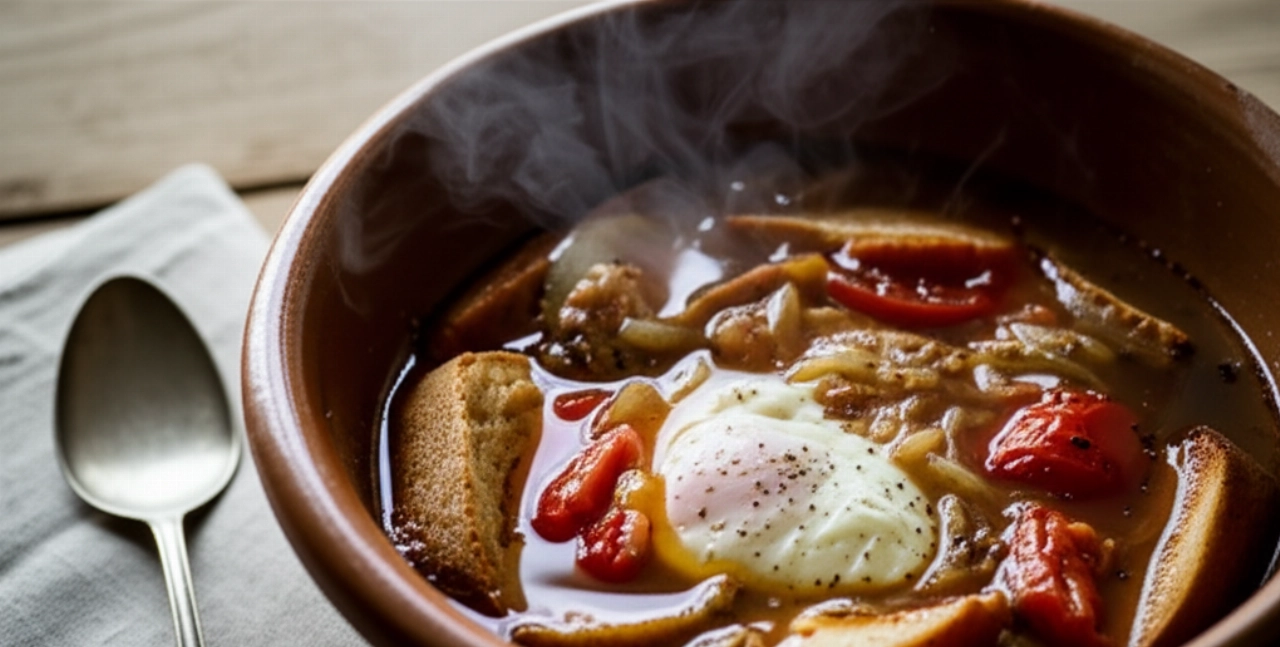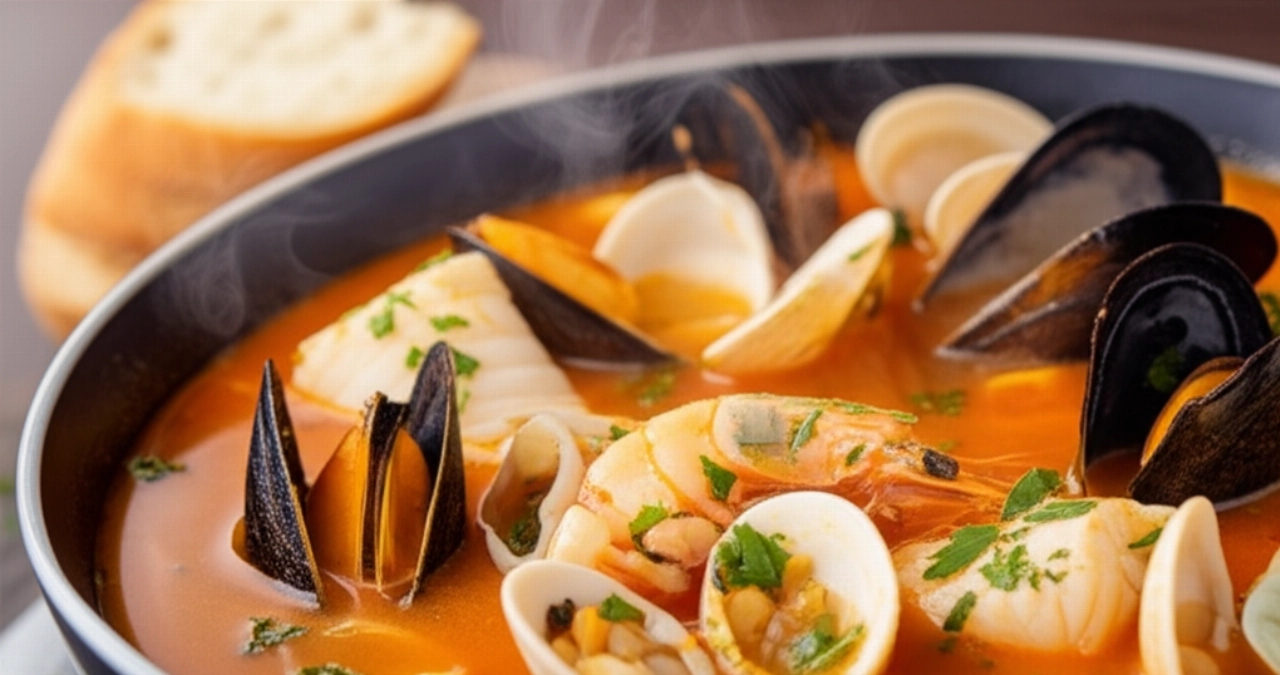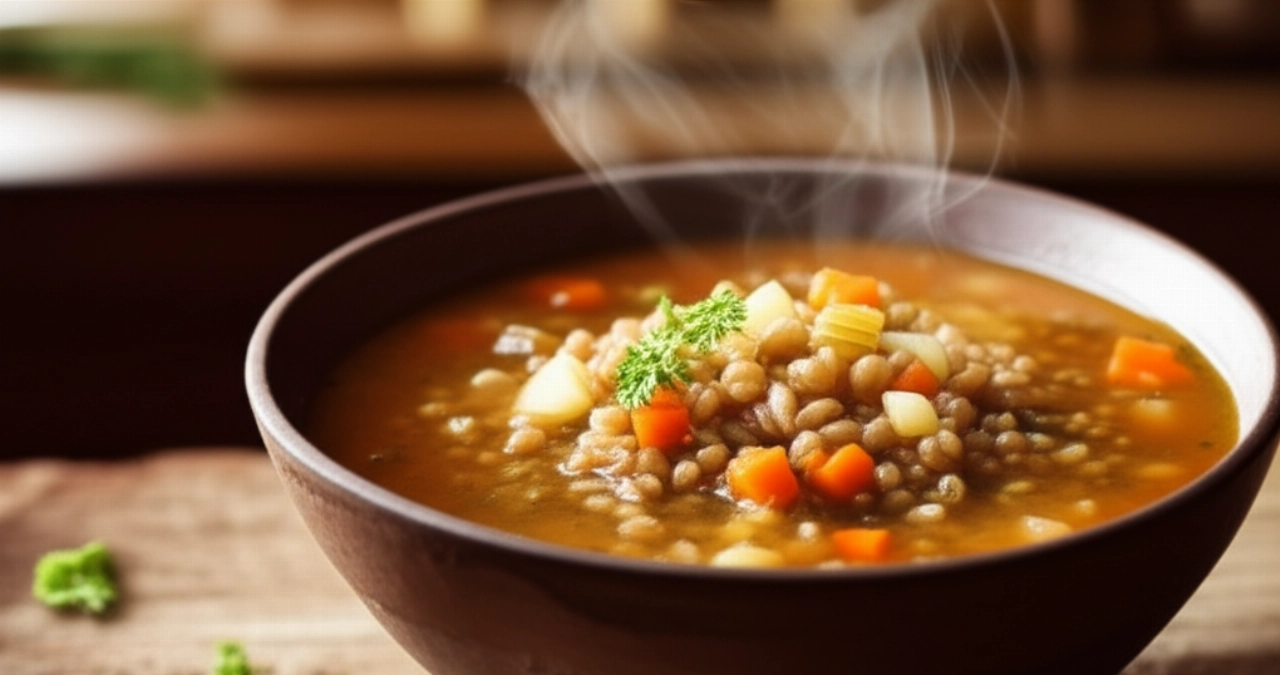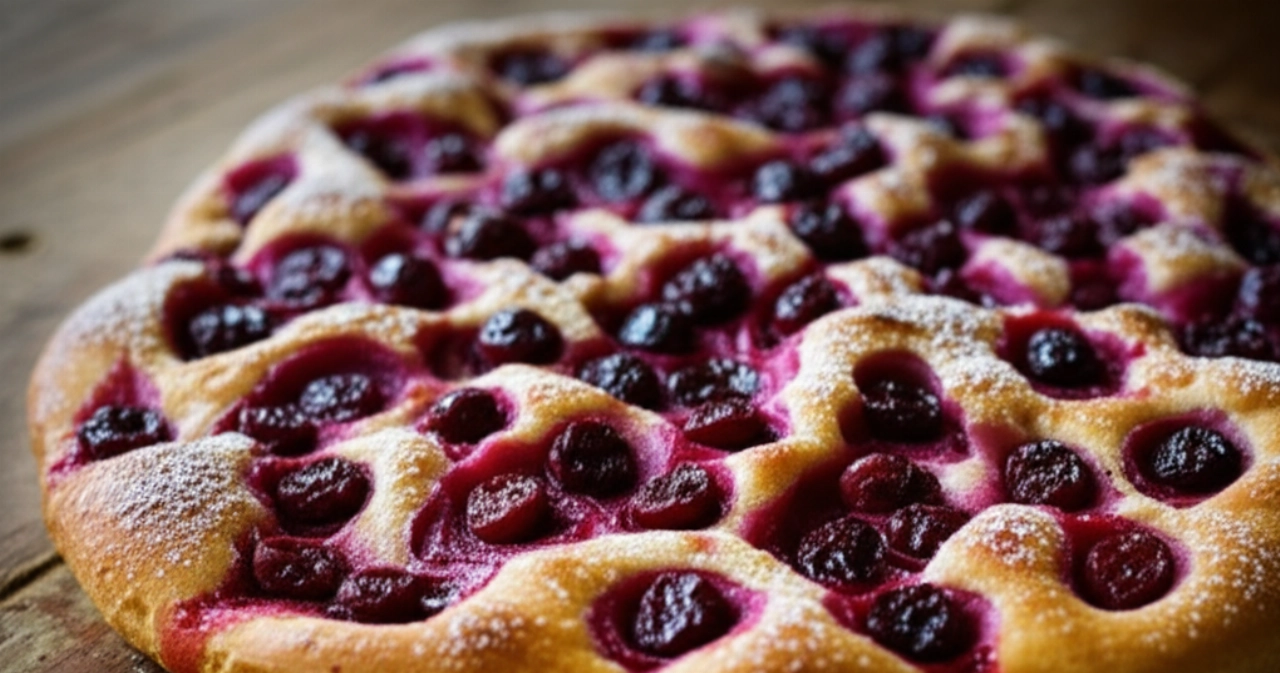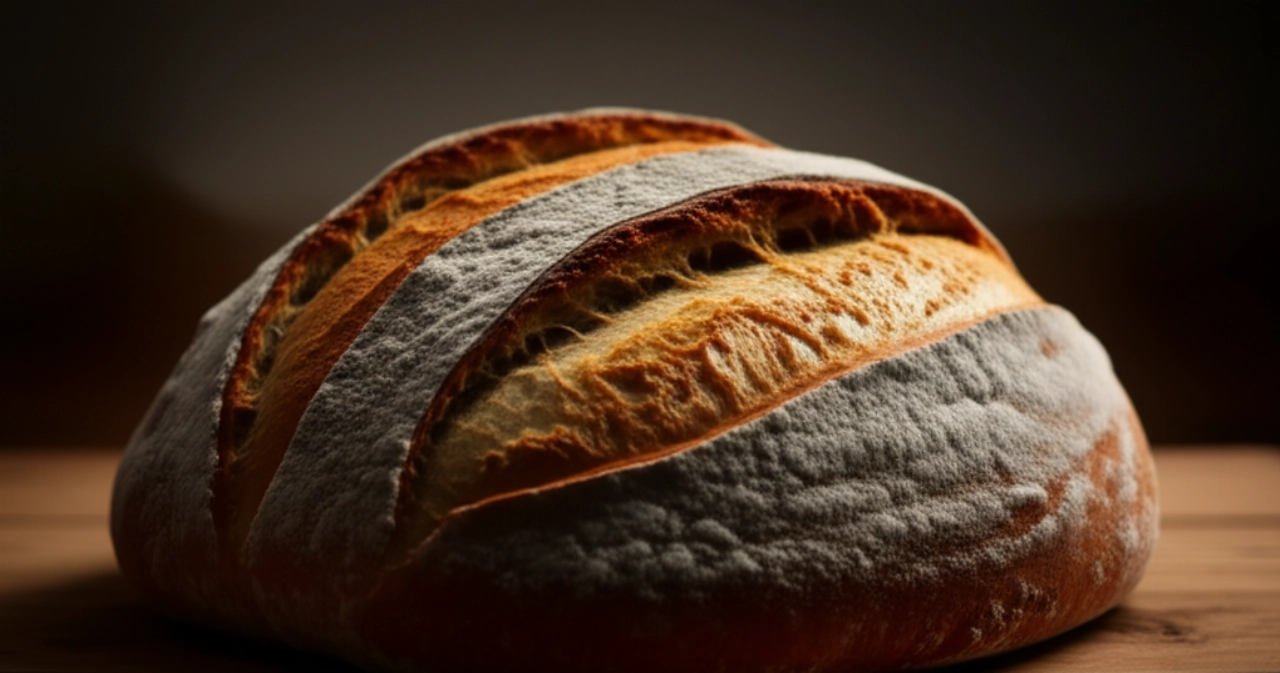Dreaming of bringing a dish to your table that smells of history, of the Tuscan countryside, of true and genuine flavors? Ribollita is much more than a simple soup: it's a warm embrace, a concentration of peasant tradition that tastes of home, of family, of those Sundays when time seems to stand still. But let's face it, preparing the perfect Ribollita can seem like a challenge. Too watery, not flavorful enough, or worse, not "reboiled" enough. Finding the right recipe, one that guarantees success, seems almost like a secret passed down only by word of mouth.
Make yourself comfortable. On this page, you won't just find a list of ingredients, but the definitive guide, full of tips and tricks, to prepare the most authentic and delicious Ribollita of your life. I promise you that, by following my advice, success is guaranteed and your dish will be a triumph of flavors that will win everyone over. Here you'll feel at home, just like in grandma's kitchen.
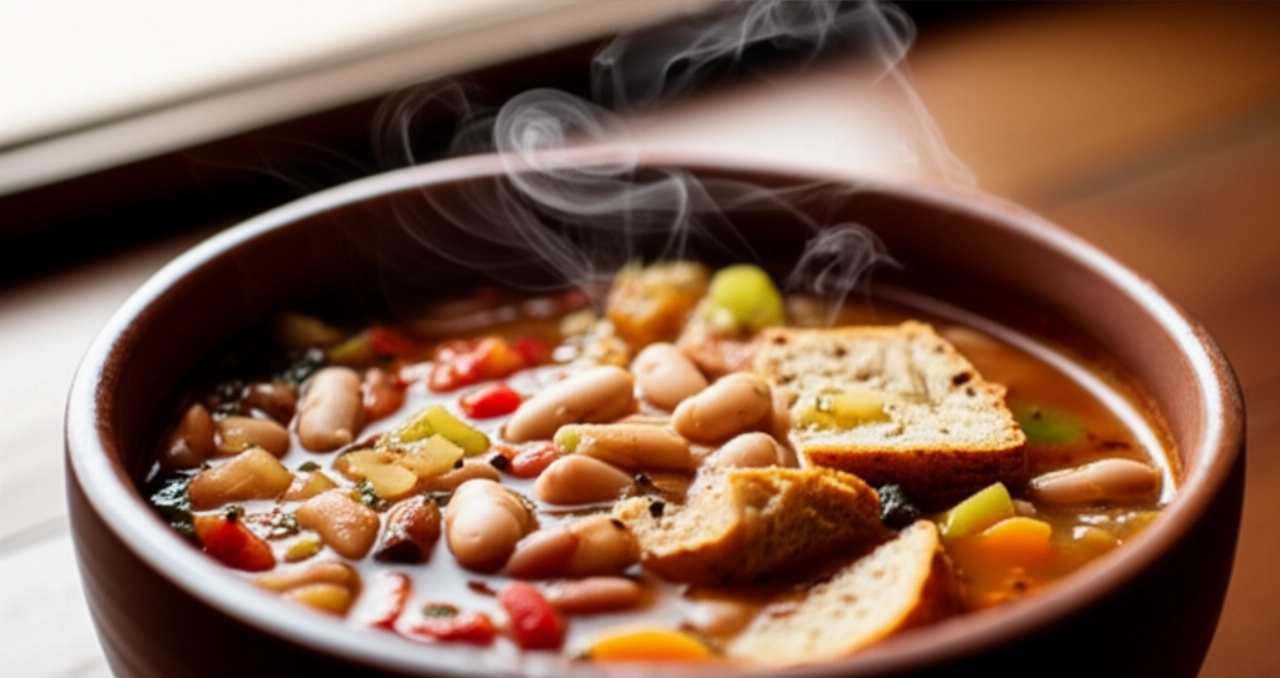
Smart Ingredients for a Textbook Ribollita: The Choice That Makes the Difference
Ribollita is a humble dish, but the quality of its ingredients is its true richness. Each element plays a precise role, and choosing them carefully is the first step towards success.
- Stale Tuscan Bread: Not just any bread! It must be Tuscan bread, unsalted, at least 2-3 days old. It is the soul of Ribollita, the one that absorbs flavors and gives it its dense, enveloping consistency. Do not use fresh bread, you won't get the same result.
- Black Cabbage (Cavolo Nero): The main ingredient, the one that gives it its unmistakable character. Choose it fresh, with firm, dark green leaves. It is essential for authentic flavor and consistency.
- Savoy Cabbage and Swiss Chard: Add complexity and sweetness. Make sure they are fresh and crisp.
- Cannellini Beans: Can be dried (to be soaked and cooked) or already cooked in a can. If you use dried ones, their cooking water will be a treasure trove of flavor for the soup. I recommend preparing how to prepare dried cannellini beans for a superior flavor.
- Peeled Tomatoes: A good, sweet, and ripe tomato is essential for the flavor base. Don't overdo it; it should be an accent, not the main protagonist.
- Onion, Carrot, Celery (Soffritto): The aromatic base. Choose them fresh and of good quality for a soffritto that smells delicious.
- Extra Virgin Olive Oil: Tuscan, if possible! It is the noble fat that binds all the flavors and gives luster to the dish. Do not skimp on quality.
- Vegetable Broth: Homemade is always the best choice. A good homemade vegetable broth adds depth without overpowering other flavors.
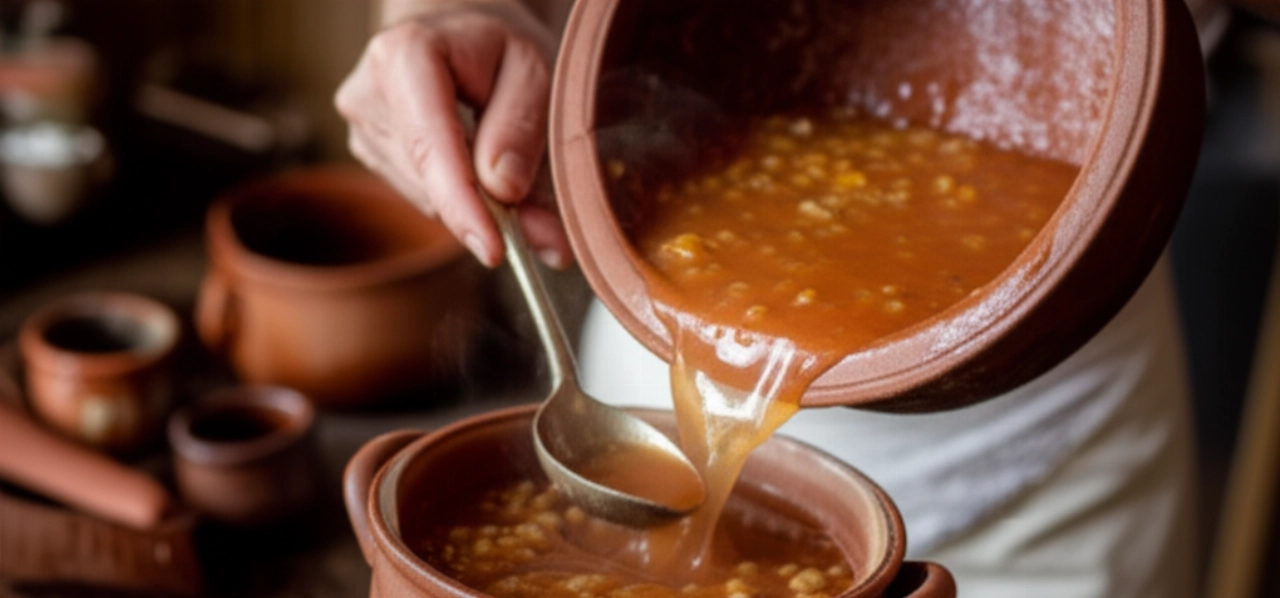
Mistakes to Avoid: Secrets for a Perfect Ribollita
Even the most experienced cooks can fall into certain traps. Here are common mistakes I'll help you avoid, to guarantee the success of your Ribollita:
- Not "Reboiling" Enough: The name itself says it! Ribollita must be prepared the day before and then "reboiled" (reheated) the next day. It is during this resting period and subsequent cooking that the flavors meld and the bread perfectly combines, creating that dense and velvety consistency. Don't rush, patience is your best friend here.
- Not Blanching the Black Cabbage: Black cabbage, especially if mature, can be a bit bitter. Blanching it for a few minutes in boiling water and then draining it well helps eliminate bitterness and makes it more digestible and palatable.
- Using Fresh or Wrong Bread: Stale Tuscan bread is crucial. Fresh bread would dissolve too much or not absorb liquids correctly, compromising the final consistency. Bread with salt would alter the balance of flavors.
- Not Cooking the Vegetables Enough: Vegetables must be cooked long and slowly, until they become very tender and almost fall apart. This is how they release all their flavor and contribute to the soup's creaminess.
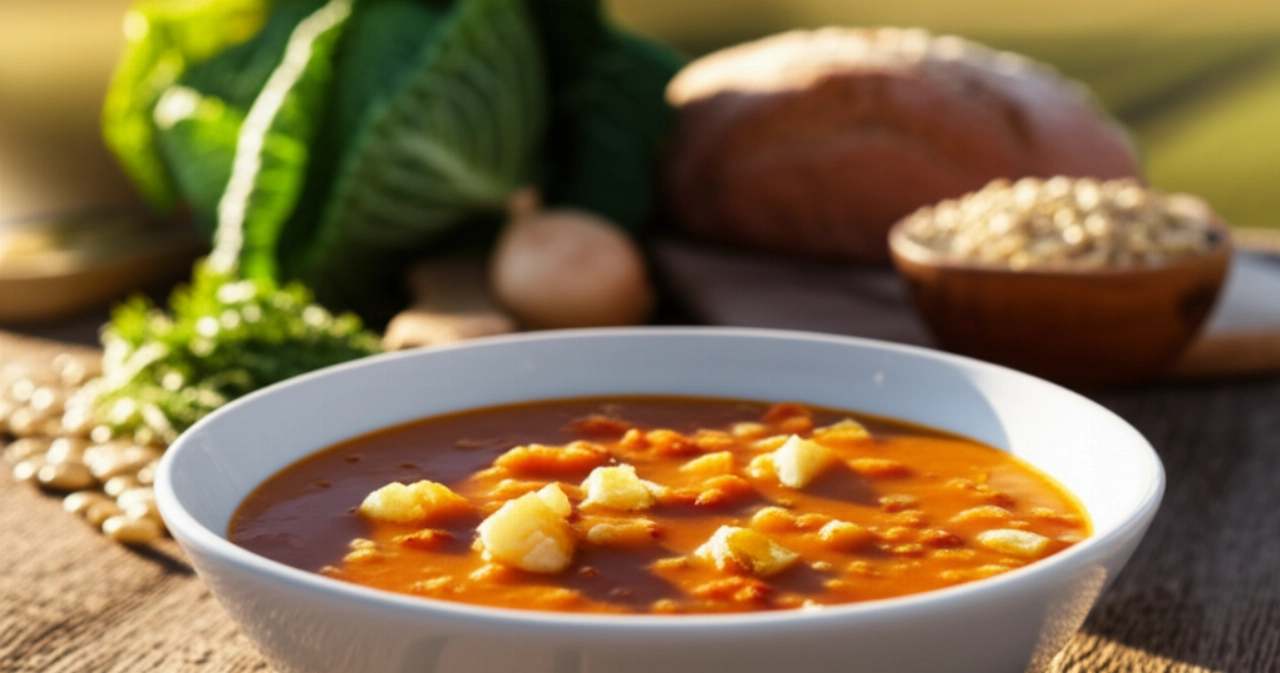
Grandma's Secret: The Magic Touch for an Unforgettable Ribollita
My grandmother, when preparing Ribollita, had a ritual. After cooking it and letting it rest overnight, the next morning she would "reboil" it slowly, adding a drizzle of fresh oil and a pinch of freshly ground black pepper. But the real secret, she told me, was to mash a portion of the cooked beans directly into the soup before adding the bread. This small, almost imperceptible gesture released a natural starch that made the Ribollita even denser and more velvety, without the need for thickeners. A simple trick, but one that makes all the difference for that enveloping consistency you expect.
Let's Prepare Tuscan Ribollita Together: The Step-by-Step Guide
Ingredients (for 6-8 servings):
- 300 g stale Tuscan bread (2-3 days old)
- 500 g black cabbage (cavolo nero)
- 300 g savoy cabbage
- 300 g Swiss chard
- 250 g dried cannellini beans (or 400 g pre-cooked)
- 1 large onion
- 2 carrots
- 2 celery stalks
- 200 g peeled tomatoes (or passata)
- 1 clove garlic
- 1 sprig thyme (or rosemary)
- Vegetable broth as needed (approx. 1.5 - 2 liters)
- Tuscan extra virgin olive oil
- Salt and black pepper to taste
Tools:
- Large pot (preferably cast iron or thick-bottomed)
- Colander
- Immersion blender (optional, for the beans)
Instructions:
- Prepare the Beans (if dried): If using dried beans, soak them in cold water for at least 12 hours. Drain, rinse, and cook them in unsalted boiling water with a clove of garlic and a sprig of thyme (or rosemary) until tender (about 1-1.5 hours). Reserve the cooking water. If using canned beans, rinse them well.
- Prepare the Vegetables: Clean the black cabbage, remove the tougher central rib, and blanch the leaves in salted boiling water for 5 minutes. Drain and squeeze well. Clean the savoy cabbage and Swiss chard, cut them into strips. Finely chop the onion, carrots, and celery for the soffritto.
- Start the Soffritto: In a large pot, heat a generous amount of extra virgin olive oil. Add the chopped onion, carrots, and celery. Sauté over low heat for at least 10-15 minutes, until well softened and golden. This is the secret to the flavor!
- Add the Tomatoes: Add the peeled tomatoes (mashing them with a fork) or passata. Cook for another 5-7 minutes, stirring.
- Incorporate the Vegetables: Add the blanched black cabbage, savoy cabbage, and Swiss chard. Mix well and let them flavor for a few minutes, allowing them to wilt slightly.
- Add the Beans: Take about half of the cooked beans and coarsely mash them with a fork or blend them with an immersion blender (if you want a smoother consistency). Add both the mashed and whole beans to the pot.
- Pour in the Broth: Cover the vegetables with hot vegetable broth (or the bean cooking water). Bring to a boil, then reduce the heat, cover, and let it simmer gently for at least 1 and a half hours, or until the vegetables are very tender. Season with salt and pepper.
- Prepare the Bread: Cut the stale bread into thick slices.
- Assemble the Ribollita: On the bottom of a baking dish (or directly in the pot if it's large enough), make a layer of bread. Cover with plenty of hot soup. Make another layer of bread and then another layer of soup, until all ingredients are used, finishing with the soup.
- The "Reboiling": Let the Ribollita rest for at least 6-8 hours, or even better, overnight at room temperature (if the climate allows, otherwise in the fridge and then bring it back to room temperature before "reboiling"). The next day, heat the Ribollita over very low heat, stirring occasionally, until it is well heated and dense. It should "reboil" slowly, not boil vigorously.
- Serve: Serve the Ribollita hot, drizzled with a generous amount of raw extra virgin olive oil and, if you like, a sprinkle of freshly ground black pepper.
Tips and Frequently Asked Questions about Ribollita
Here are some of the questions I'm asked most often about Ribollita. I hope they help you!
- Can I use other types of bread? Unsalted Tuscan bread is ideal. If you can't find it, look for a hard-crusted, unsalted country bread, provided it's stale. Avoid breads that are too soft or have a fine crumb.
- Can I freeze Ribollita? Absolutely yes! Once cooked and completely cooled, you can portion and freeze it in airtight containers. It keeps for about 2-3 months. To thaw, leave it in the fridge overnight and then gently reheat it in a pot.
- I can't find black cabbage, what can I use? Black cabbage is essential for the authentic flavor. Alternatively, you could use a combination of savoy cabbage and large-leaf spinach, but the result won't be exactly the same.
- Can I add meat? Ribollita is traditionally a peasant dish, vegetarian. If you want an extra touch of flavor, you can add a piece of pork rind or some ham bone during the vegetable cooking, but remember to remove them before serving. It's not traditional, but cooking is also about experimentation!
- Why is my Ribollita too watery? You probably didn't use enough stale bread or didn't let it "reboil" enough. The bread needs to absorb the liquids and break down, creating the characteristic density. Also make sure the vegetables are cooked long enough and that a portion of the beans is mashed.
There you have it! Now you no longer just have a recipe, but all the secrets to bring a dish to your table that tastes of home, tradition, and love. Your Ribollita will be a masterpiece of flavors, a true comfort food that will make you feel like you're in Tuscany with every spoonful.
Don't be afraid to experiment. Cooking is an act of creativity. But start with this solid base and you'll see that applause won't be lacking. Prepare your Ribollita, smell the aroma filling your kitchen, and enjoy every moment.
Have you tried our recipe? We're very curious to see your masterpiece! Leave a comment below, tell us how it went, or share a photo on Instagram by tagging @CercaRicette.it. If you loved this Ribollita, you can't miss our recipe for Pappa al Pomodoro: The Original Tuscan Recipe or for a perfect main course like Peposo dell'Impruneta: The Original Recipe.
